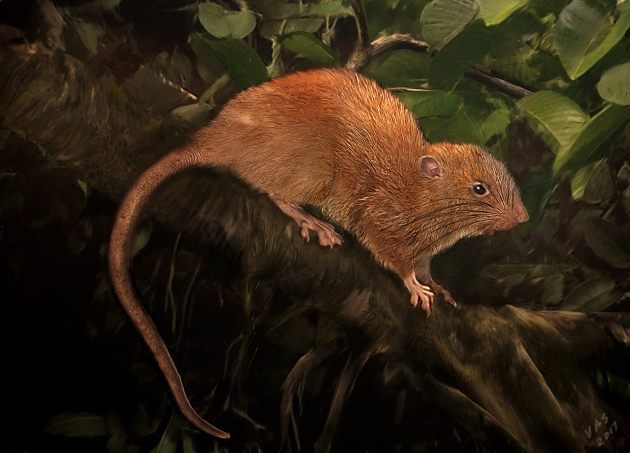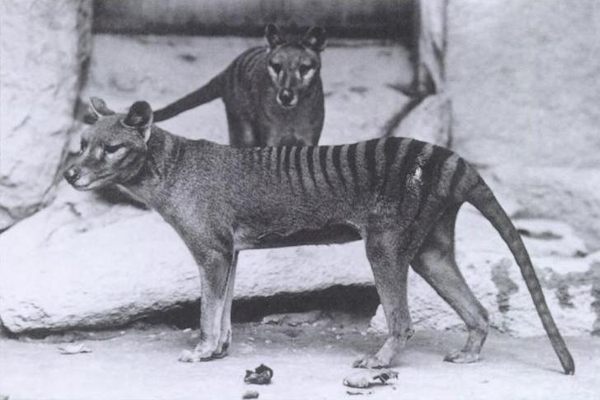A Giant, ‘Coconut Eating’ Rat Has Been Discovered in the Solomon Islands
Four times the size of the biggest subway-dweller.

The Solomon Islands number almost 1,000, and were named, in 1568, by a Spanish navigator in honor of King Solomon, the biblical ruler with untold riches. Like the king, the islands were thought to possess tremendous wealth. And they do, in their way, not in gold, silver, or jewels, but in biodiversity—their coral reefs and rain forests teem with varieties of flora and fauna, many of which are unique in the world. Now a new treasure has emerged, from inside a felled tree and chronicled in the Journal of Mammalogy. It’s an 18-inch rat, and it had never been successfully caught by scientists before.
Unsurprisingly, “vika” were not unknown to the residents of Vangunu Island, in the Western Province of the archipelago. They described this beast, in all its giant, coconut-cracking, tree-dwelling splendor to mammalogist Tyrone Lavery, a postdoctoral researcher at the Field Museum in Chicago. He ended up making 10 separate trips to try to capture the rodent after having caught only a glimpse of one scurrying away from him on a hike in 2012. Lavery began to worry that the creature he saw had gone extinct, after his many attempts only turned up the common, introduced black rat, amusingly named Rattus rattus.
But, in late November 2015, a 30-foot tree came crashing to the ground, bringing a surprise resident with it. The rat later died from its injuries, but Lavery recognized the orange-brown fur immediately. “To finally have vika in the hand was a very special feeling,” Lavery told Nature. He wasn’t able to weigh the rat, but he estimates it might have been two pounds. The Solomon Islands’ rodent diversity is vast and impressive, but this is the first new rodent species discovered there in 80 years.
If he hadn’t seen it himself on that fateful hike, Lavery might have assumed that the rat was the stuff of legend. There’s still much to be learned—how it lives, how many are left, whether it uses those canines to tear through coconut shells, as locals attest. “These animals are important parts of culture across Solomon Islands—people have songs about them, and even children’s rhymes like our ‘This little piggy went to market,’” Lavery said, in a statement. It’s one of a few semimythological rats and rodents from around the world, including the evil Colo Colo from Chile, who hatches from an egg laid by a snake, the Doyle-ian Giant Rat of Sumatra, and the horned squirrel Ratatoskr from Norse mythology, who ferries messages up and down the World Tree.
The vika, whose ancestors probably came to the island on a raft of vegetation, is a worthy contemporary, though Lavery says that much work must be done if this rat is not to join those others in myth. “It’s getting to the stage for this rat that, if we hadn’t discovered it now, it might never have gotten discovered,” he said. The forests where it lives are rapidly being logged, and without conservation efforts, it may soon be gone for good.























Follow us on Twitter to get the latest on the world's hidden wonders.
Like us on Facebook to get the latest on the world's hidden wonders.
Follow us on Twitter Like us on Facebook